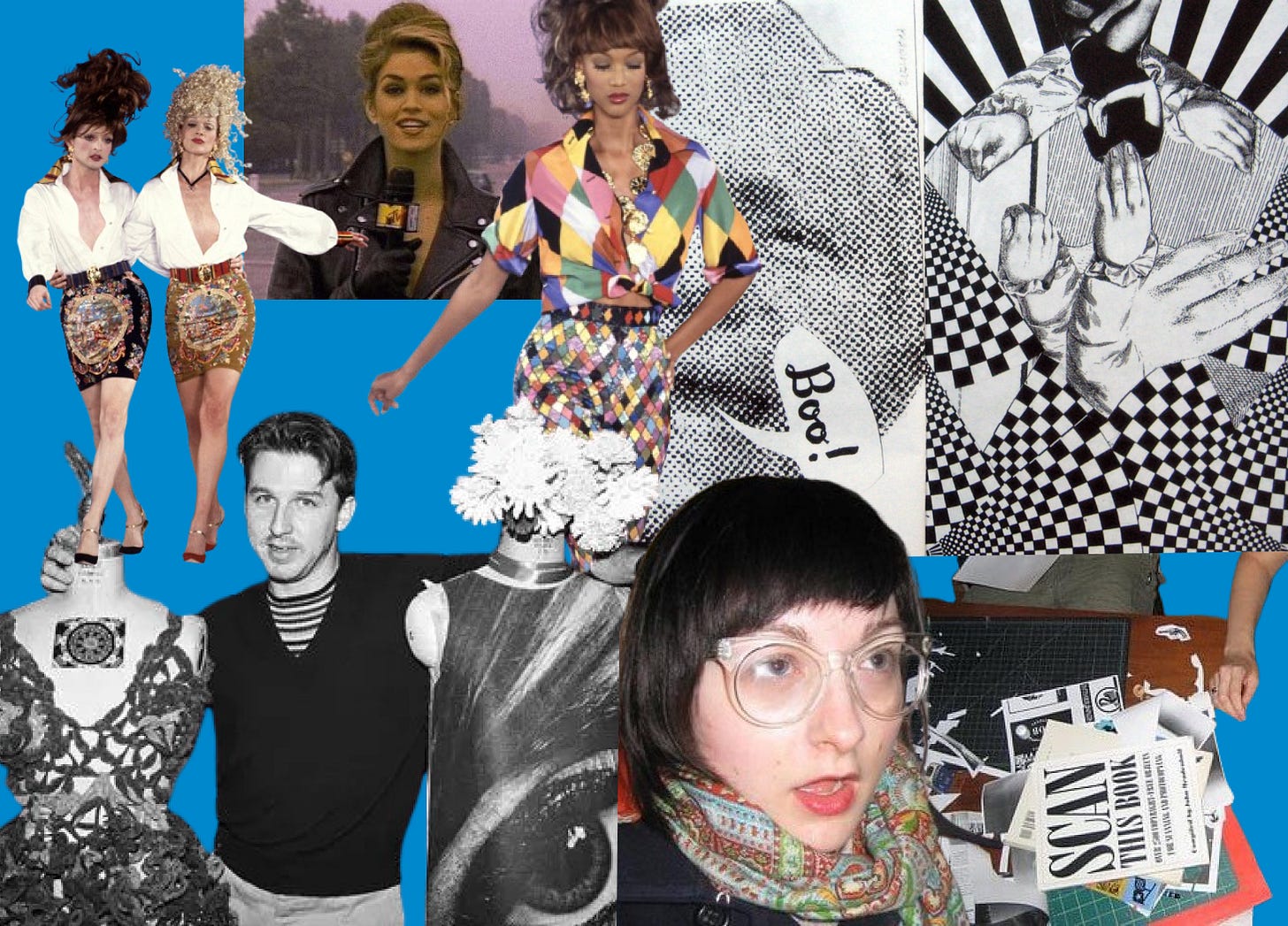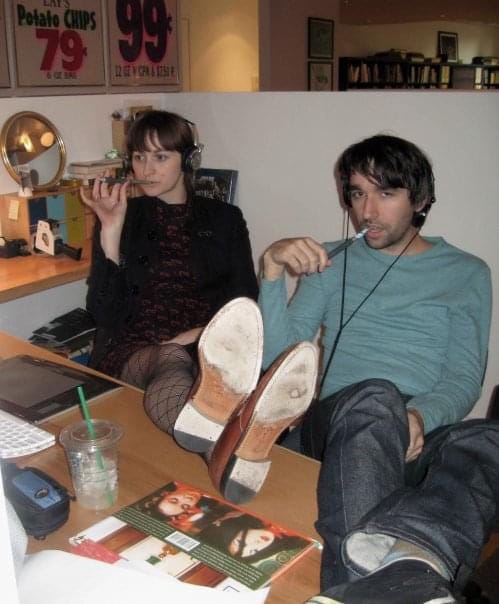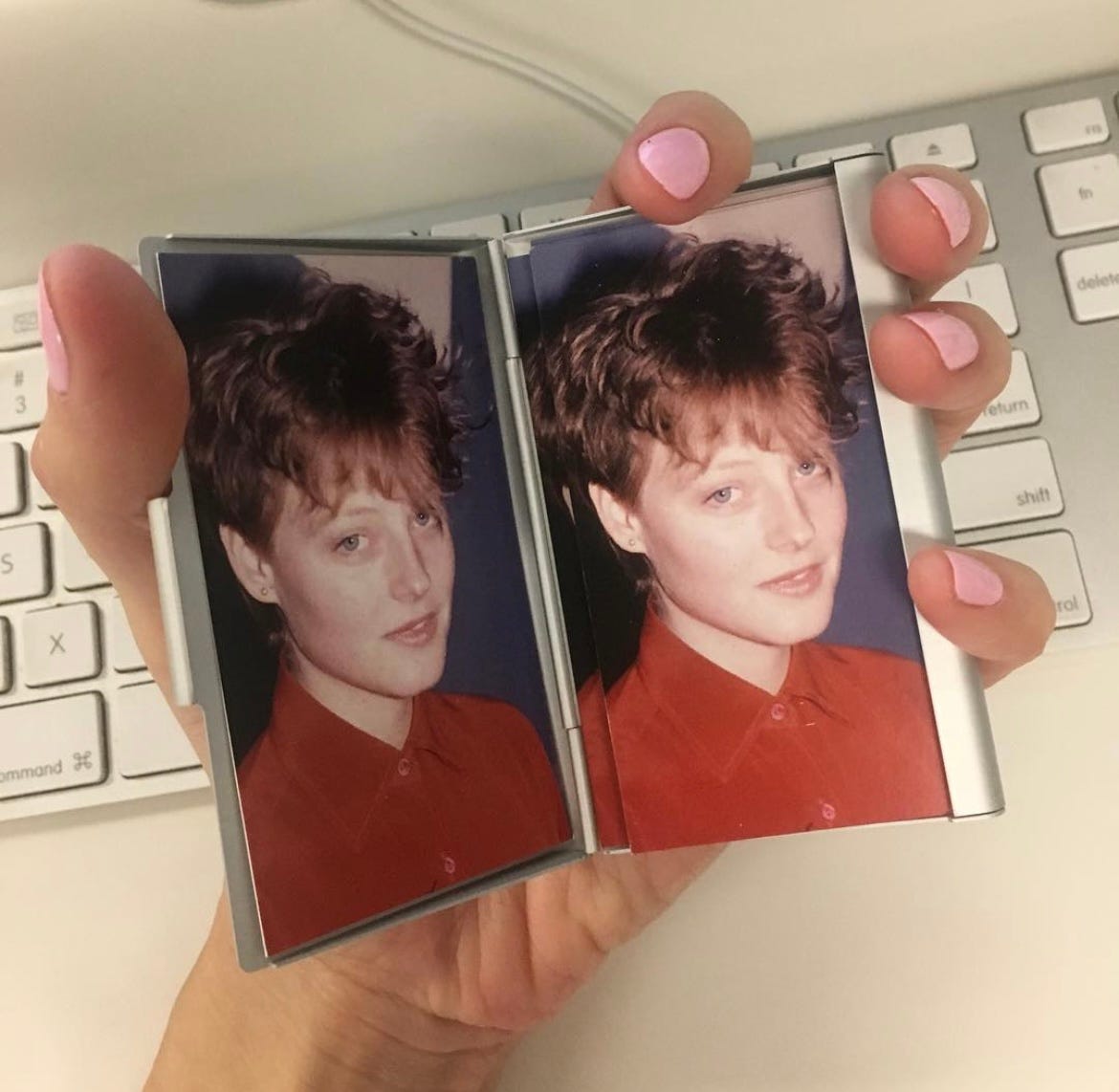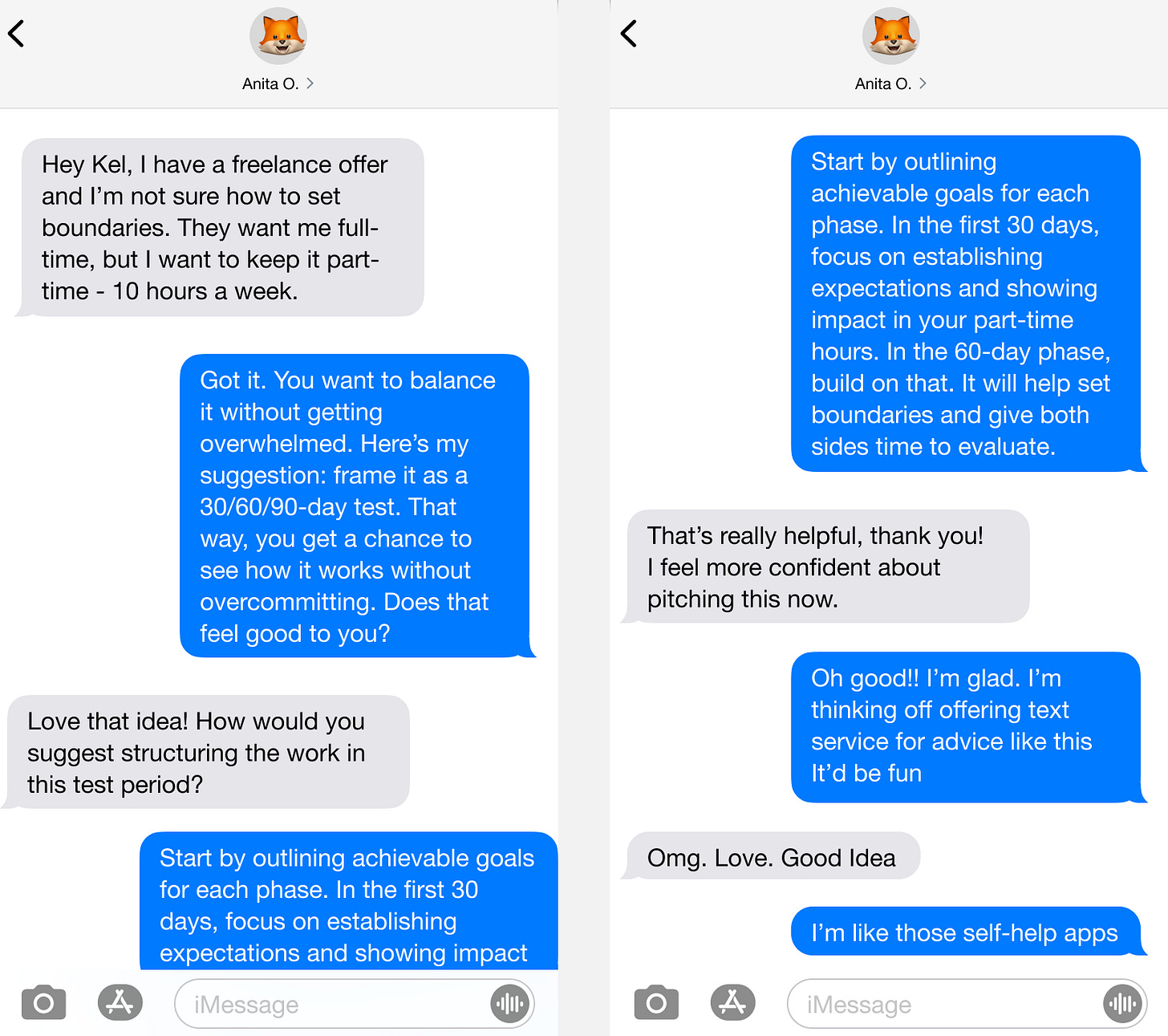How a Zine Landed Me My Dream Job—and How You Can Do It Too
Break free from job applications and take bold, creative risks to stand out.
Work Unseen is a weekly creativity + career newsletter read by the hottest founders, creatives, techies, non-techies, and all-round baddies. Become a paid subscriber to schedule a 1:1 mobile phone call or text session with me! Scroll down to read real-life example of text convo with paid subscriber Anita O.
If you have a question or want to work together, email rakowwwski@gmail.com
At 24, I moved to New York City because, in my mind, it was the only place to get a real graphic design job. I sold my car for $3,000, rented a U-Haul with my best friend, and drove into the city during a February snowstorm—one of those that brings everything to a standstill. We pulled up on Bedford Avenue, near Manhattan Avenue, where I dragged my belongings into a windowless room I’d found on Craigslist. It was $500 a month, and I was sharing the apartment with two NYU students. It wasn’t glamorous, but I figured the only way to get a job in New York was to be in New York.
I was uncomfortable, depressed, and desperate for income. I barely spoke to these new roommates, who were mostly at school. I held it together with loft parties, avant-garde noise shows under bridges, free snacks and wine at art openings, and Peter Pan egg-and-cheeses. I was broke, lonely, and starting to question whether this was all a huge mistake.
The first few months were bleak—no job, no money. I spent most of my time with my friend Matt Cassity, whom I’d met the summer before during my internship at MASS MoCA. Matt was freelancing in Williamsburg, and we had plenty of time to bum around while his roommates were at work. We spent our afternoons drawing, crafting, and watching endless reruns of Dr. Phil and Oprah in his Kent Street loft. (In 2024 Williamsburg, BK the factory building is actually still standing) It wasn’t just creative limbo—it was emotional limbo, too. Every day, I felt like I was drifting further away from the person I thought I’d be when I moved to New York.
I felt like I wasn’t a good designer because I wasn’t a Photoshop expert. I failed Adobe Photoshop tests at 24Seven, a design temp agency. I cried in the recruiter’s office—I’d hit a new emotional low. I was obsessed with typography and desperate for a mentor and to work with designers I admired.
At some point, I realized sending emails wasn’t going to cut it. I needed something that would stand out. The idea of making a zine felt like a last-ditch effort, a creative lifeline I could throw myself. It was a small project, but the act of putting myself out there, unpolished and all, gave me a strange sense of control in a time when I felt like I had none. It was a day-in-the-life snapshot of me and Matt wandering around Williamsburg, hitting up Peter Pan Donuts, and scavenging discarded furniture that Matt would later transform into art. I even threw in buttons to accompany it.
The zine wasn’t particularly impressive, and I don’t even like it that much now. But it worked.
I took a chance on myself. I created something that showed who I was—quirks and all—and mailed it to every design studio I admired. One of those studios was Todd Oldham’s. That bold move changed the course of my career. When Todd Oldham Studio called, it felt like the weight of the city lifted. For the first time, I wasn’t just surviving here—I had found my way in.
I had nothing to lose. I was frosting cupcakes at Billy’s Bakery. (although I love frosting cupcakes) This wasn’t why I came to NYC. I needed to get out of my slump. Designers all around me were thriving in their careers. I needed to step up and put the offset spatula down.
The Power of Taking Bold, Creative Risks
Looking back, the zine wasn’t just about landing a job—it was about betting on myself when no one else would. I wasn’t going to let my lack of Adobe Suite skills squash my dreams. It was about creating something uniquely mine, without waiting for permission or obsessing over whether it was perfect. I wasn’t following anyone’s blueprint. That risk got me in the door at Todd Oldham Studio, but more than that, it shaped how I approached my career from then on.
Todd Oldham was a huge influence on me as a teenager in the ’90s, long before I worked with him. More than just a fashion designer, he embodied a joyful, DIY approach that contrasted sharply with the luxury-obsessed world of high fashion. His segments on MTV’s House of Style, hosted by Cindy Crawford, were fundamental. In one, Todd scoured New York flea markets, turning discarded ‘junk’ into stylish furniture, proving that creativity didn’t require a hefty price tag. (You can still find the clip here.)
Todd’s ethos was clear: art, design, and fashion didn’t have to be expensive or exclusive. That’s why he eventually stepped away from the luxury world—he wasn’t interested in making high-priced items for an elite few. He moved to New York from Texas with nothing, built his studio with his longtime partner Tony Longoria, and filled it with family, including his mother, Linda, who was a brilliant artist and business mind. What mattered to Todd wasn’t your pedigree or connections—it was what you were making. He never went to college and did not care about brand name learning institutions.
That openness defined my time at his studio. Todd encouraged us to experiment and learn without waiting for permission. Want to learn to weave? Grab a book and start. I taught myself from a children’s book I found in his office, weaving at my desk while Todd fostered an environment of playful exploration. The lessons I learned there, along with the deep (gay) cultural education Todd and his friends gave me, stayed with me. I doubt I would’ve founded Lex without the lessons I absorbed from him.
In creative fields, we’re often told to wait—wait for the right job, wait until our portfolio is perfect, wait for someone else to give us a break. But Todd taught me that the best way forward is often to make your own opportunity, no matter how risky or unconventional it feels. It’s those leaps into the unknown that open the most important doors.
note: Matt Cassity joined TOS once I got in the doors. We were a dynamic duo.
I didn’t know it at the time, but that zine was more than a job application. It was a reminder to myself that even in the bleakest moments—when I was frosting cupcakes, broke, and doubting my talent—I had the power to create my own way forward. 🔸
How to Create Your Own Turning Points
The zine taught me one essential truth: sometimes, you have to create your own turning points. It’s easy to feel stuck, waiting for someone to recognize your potential or for the perfect opportunity to come along. But the truth is, those moments rarely arrive on their own.
If you’re feeling stagnant or unsure of your next move, the key is to take bold, simple steps. It’s not about waiting for the perfect chance; it’s about using what you have now to create momentum.
Here are two actions you can take right now to get unstuck:
Change Your Environment: Your eyes (and brain) need to experience new visuals and environments. Get out of your usual space—go to a park, a café, or even just a different room in your home. Go for a walk with no music or podcasts and let your mind and body wander.
15-Minute Brain Dump Chaos: Set a timer for 15 minutes and write down everything on your mind—ideas, frustrations, questions, even random thoughts. Mark, draw, smudge, or tear—I don’t care. This clears mental clutter and often reveals what’s really holding you back.
These small actions can shift your mindset and help you regain momentum.
☎️ For those who need more personalized guidance, I offer exclusive 15-minute phone or text sessions for paid subscribers. I combine insights from both the CEO and freelancer sides, helping you navigate your next steps with confidence.
Real-Life Example of a Text Session
To show how these sessions can help, here’s an example from my conversation with Anita, who was navigating a freelance opportunity:
These sessions aren’t just about advice—they offer insight into both sides of the equation. I help you understand what a CEO or founder is looking for, while also equipping you to advocate for your own needs as a freelancer or creative. As Anita summed it up:
"My text session with Kel was invaluable in helping me determine the commitment and structure of a freelance marketing gig. She provided insights into the project scope and needs from the perspective of an early-stage founder, which allowed me to confidently request the appropriate hours and rates, and set terms for the project. So grateful for the advice!" – Anita O.









i love this! so timely cuz i just published a piece about how i started making zines because i needed an outlet for my imperfect but meaningful ideas!! i love that the zine was a turning point for you and how you recognize it's the approach that matters. being confident enough to stand out <3
This is so inspiring!! This is super vague but I recently had to choose between a path I thought I should take and a path I wanted to take, and I thankfully took the path I wanted. Still don’t know how it’s going to be pay off but I have faith it already is!!! ❤️